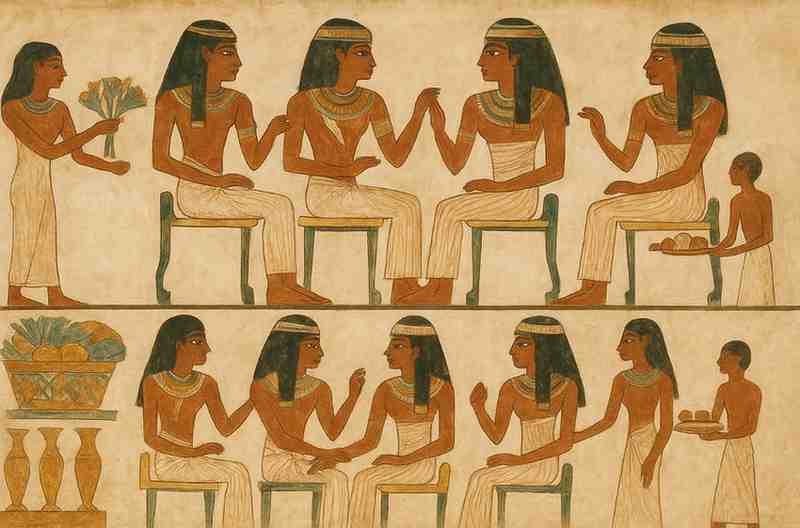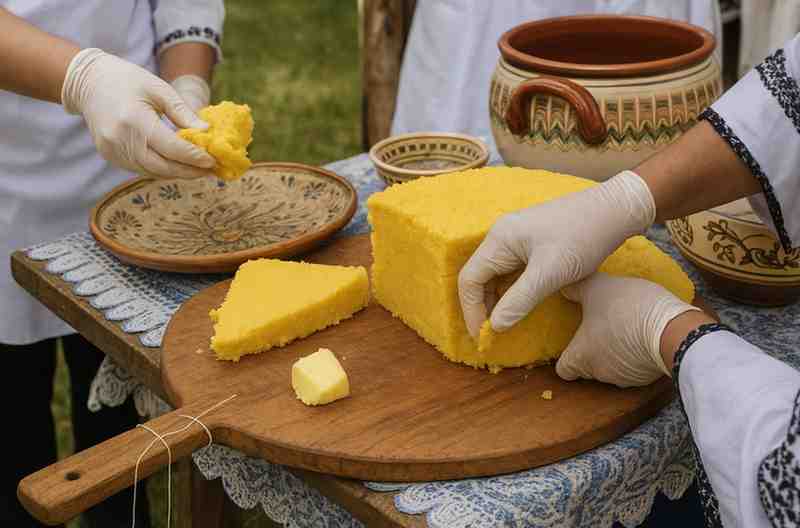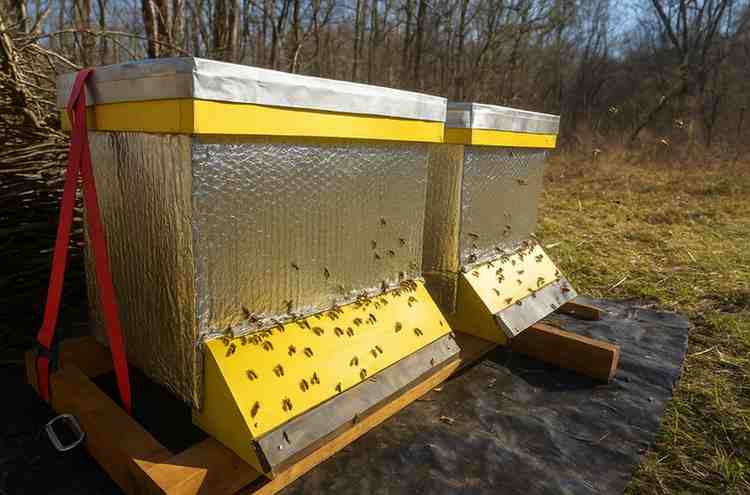When exploring folklore, I often think about the Nineteenth Century and how work songs were a vital part of daily life in Ireland and Scotland. Through old notes and posts from a newsletter or website on folklore-inspired fiction, I noticed how music was not only integrated into work but also into play. Work songs eased the burden of chores, encouraged social interaction, and shaped a strong community spirit. I remember my own elementary school days when we sang traditional tunes; those moments felt relatable, especially when I later learned about how people sang work songs while performing tasks in the 1830s.
The Collection of 842 airs from Old Irish Folk Music by P. W. Joyce describes how melodies permeated his early home in County Limerick, near Glenosheen in the Ballyhoura Mountains. He recalled how songs were heard everywhere—sung, played, or whistled—and tied to pastimes and occupations. Many of these were work songs, designed to accompany daily labor while also bringing enjoyment. That description mirrors my own family: my dad with his guitar, my mom spinning records on weekend afternoons, my brother joining in, and me learning piano lessons and bits of classical music. Whether researching for an article, trying to listen while doing chores, or finding information that feels interesting, I see how work songs and other music still help me pass time, incorporate tasks, and bring a sense of cheer. It’s no wonder people back then found joy in the variety of songs—they didn’t just help with completion of work, they made life surrounded by music, hopefully making every moment a little lighter.
Songs for Daily Work in Ireland and Scotland
I have always admired how P. W. Joyce carefully documented Irish folk music and even published books that blended history, folklore, language, and literature. In A Social History of Ancient Ireland, he writes about work songs or occupation-tunes, describing how songs with lyrics and a melody were suited to labor. Sometimes they were sung with a steady rhythm to match a specific task, while at other times they were simply associated with a particular occupation. Reading his notes, I found it fascinating how such work songs shaped the domestic life of ancient Irish people, reflecting their manners, customs, and even the structure of government, law, and the military system. To me, these melodies were more than cultural echoes—they felt like living voices guiding hands through trades, industries, and commerce.
What also struck me was Joyce’s mention of the strong connection between Ireland and Scotland, where both Scottish and Welsh harpers once learned from the Irish. He explained it was not correct to separate or contrast the music as though they belonged to different races; instead, he saw it as a shared reality, an emanation from the heart of one Celtic people. Many of these shared melodies included work songs, sung or played while performing daily tasks, linking communities through rhythm and song. I could almost imagine those gatherings where music crossed borders, weaving a common identity. From my own experience of listening to examples of Celtic songs, I feel the same energy he described. Whether from Wales or another nation, there’s something timeless in the love for Welsh and Irish work songs and traditions that continues to inspire.
How Work Songs Improved Daily Life in Ireland and Scotland
In Ireland and Scotland, many work songs carried a strong rhythm to synchronize with the pace of labor. Joyce, in A Social History of Ancient Ireland, even mentions a Smith’s Song, where the notes imitate the sound of hammers striking the anvil. Such tasks were often accompanied by rhythmic patterns—whether during milking, churning butter, spinning, or even rowing boats. These work songs gave ordinary chores a pulse that guided the body and mind. While researching, I found an interesting article and video that describe how these traditions helped workers maintain rhythm and focus. Hearing these accounts reminded me of moments when music helped me push through repetitive tasks, keeping me steady and productive.
Among the most fascinating were Scottish work songs, particularly waulking songs, sung by women who worked together to shrink cloth or tweed, a task known as waulking. Francis Collinson, in Scottish Folkmusic: An Historical Survey, describes how the music mingled with the labor: a group of about eight would sit around a table, pounding the wet cloth with their hands in time with the work songs. A series of movements sends the fabric sun-wise, while a soloist or leader led the verses of a poem. The chorus joins with a curious nonsense refrain that keeps the energy alive, allows the singer to draw breath, and flows into the next verse without a break. Watching such work songs in action, I could instantly see how rhythm carried both effort and joy, and every example showed how music transformed routine into something deeply human.
How Work Songs Improved Daily Life in Ireland and Scotland
Some work songs were not just for people; they also served to reassure animals during difficult tasks, keeping them calm and focused. In A Social History of Ancient Ireland, Joyce relates how in Ireland and Scotland, milking-songs were often slow and plaintive, almost like nurse-tunes. These work songs had a deeply soothing effect, making the cows submit more gently to being milked. I find this a lovely idea, that simple tunes could encourage animals and even help with the rhythm of daily labor. Similarly, Joyce describes how ploughmen sometimes whistled a peculiarly wild, sad strain, a type of work song that had a powerful impact in keeping horses steady during their hard work.
I was especially drawn to the Amgueddfa Cymru – Museum Wales website, where I discovered a collection of folk lyrics and recordings. One page even lets you toggle between English and Cymraeg (Welsh) language options, showing how these traditions survived across cultures. Among them is a work song once used by Welsh ox-drivers to gently urge oxen while at work. To me, these recordings are more than history—they capture a living connection between humans and animals. When I listen, I can almost see the fields, hear the steady rhythm of labor, and feel how work songs bridged effort and care.
How Work Songs Improved Daily Life in Ireland and Scotland
In both Ireland and Wales, many tasks like spinning, knitting, and sewing were often performed in a group during gatherings at a member’s home. An earlier article explored the Noson Weu or Knitting Night, a social tradition in rural Wales that combined song and story with the craft. Similarly, in Ireland, women would engage in singing dialogue work songs while they spun, knit, or sewed, creating a lively musical conversation. One woman would begin and another would reply, with the group joining in the chorus, while verses were often extemporaneous, giving each section a chance to prepare a response. The subject matter of these work songs could include praise or dispraise of young men, and though sometimes personal or full of insults, they were taken in stride as part of the musical game.
As Breandán Ó Madagáin notes in Functions of Irish Song in the Nineteenth Century, these work songs were meant to be fun, relieving the monotony of labor. While similar to waulking songs, they weren’t focused on rhythm but rather on helping participants pass time and enjoy one another’s company. I can easily imagine the energy in such a gathering, how the musical conversation and playful verses of work songs would help everyone stay engaged and connected, making routine tasks feel lighter and full of joy.
How Work Songs Improved Daily Life in Ireland and Scotland
In Ireland, many lullabies were not just gentle work songs; they carried a supernatural purpose tied to faerie folklore. As Ó Madagáin explains in Functions of Irish Song in the Nineteenth Century, Joyce had observed children lulled to sleep hundreds of times with these lullabies. Internal evidence suggests that beyond soothing, these work songs might have served another function of a supernatural nature, offering protection against mischievous or harmful faerie beings. There are remarkably frequent references in extant lullabies to the sí or fairy, emphasizing the power of the good people to abduct both adult and infant mortals.
Some lyrics were even intended to banish threatening spirits, with phrases like Gabh Amach a Bhóbabha or “Get Out Fairy,” believed to serve as a charm to protect the child from faerie abduction. Reading these posts and exploring faerie lore, I am struck by how deeply folklore intertwined with daily life. These lullabies, as gentle work songs, were more than just music; they were living expressions of culture, blending care, imagination, and the human desire to safeguard the youngest members of the community.
How Work Songs Improved Daily Life in Ireland and Scotland
Many work songs served multiple functions, as Ó Madagáin notes, with the main purpose often being to make labor more cheerful. Through humor and a lively tune, these work songs created an easy, fun, and entertaining way to bring amusement to daily chores and tasks. Singing not only lifted spirits but also allowed members of a society to build community, enrich social lives, and share an outlet for artistic expression, feelings, and emotion while completing the responsibilities of daily life. I can personally relate, as during long nights, my daughter and I put on a music playlist, sing, and dance while we wash dishes, making routine tasks feel lighter and more joyful than doing them alone or in silence.
Even in public spaces, such as coffee shops, where writers play and enjoy music, work songs demonstrate how melodies can create a sense of community while performing tasks. I often think about the art in Old Irish Folk Music and Songs, a Collection of 842 Irish Airs Hitherto Unpublished by P. W. Joyce, now in the public domain. This title from his book Ancient Ireland and the relevant section references the 1700–1800s, highlighting how work songs historically enriched lives while lightening burdens. Exploring this blog, I am continually fascinated by folklore and the enduring ways people share a post, celebrate music, and transform labor into shared joy.












Leave a Reply